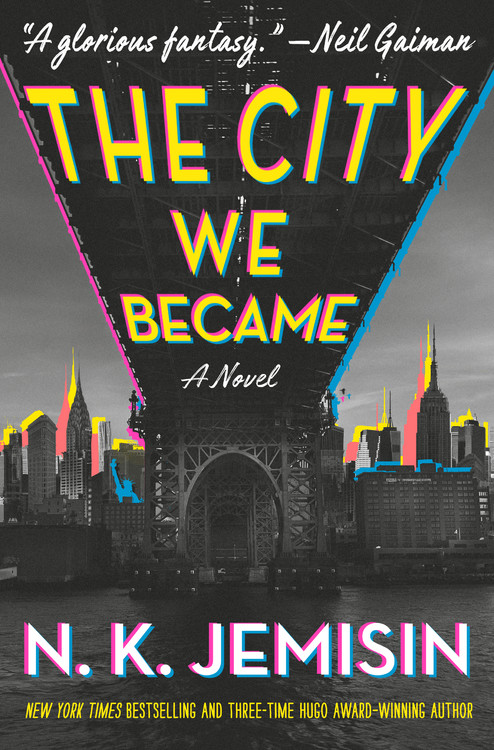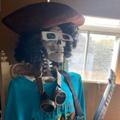Druidan a publié une critique de The City We Became par N. K. Jemisin
And What a City It Is!
5 étoiles
“The City We Became,” by N.K. Jemisin, reminds me a lot of Neil Gaiman’s works. Not necessarily in prose, but certainly in worldbuilding. The concept of Avatars of cities, the power of stories and belief, and using old myths to spin modern fantasies, all certainly do.
The characters are all very well done, with each having a very distinct personality and perspective, and by extension give an interesting view of New York according to the author - a place I have admittedly never been (drive-through doesn’t count, I think). They also bounce off each other in interesting, dramatic, sometimes charming and sometimes tragic ways. I find the dynamics fascinating when the Characters ARE the setting.
That was aided in how I read this book - the audiobook version - which was an absolutely fantastic experience. The reader was able to give each character a very distinct voice, mannerism, …
“The City We Became,” by N.K. Jemisin, reminds me a lot of Neil Gaiman’s works. Not necessarily in prose, but certainly in worldbuilding. The concept of Avatars of cities, the power of stories and belief, and using old myths to spin modern fantasies, all certainly do.
The characters are all very well done, with each having a very distinct personality and perspective, and by extension give an interesting view of New York according to the author - a place I have admittedly never been (drive-through doesn’t count, I think). They also bounce off each other in interesting, dramatic, sometimes charming and sometimes tragic ways. I find the dynamics fascinating when the Characters ARE the setting.
That was aided in how I read this book - the audiobook version - which was an absolutely fantastic experience. The reader was able to give each character a very distinct voice, mannerism, and accent, and the occasional and subtle use of music or sound effects were also perfect. Never so obvious as to take me out of the story - it didn’t suddenly turn into a radio play - but rather just enough to emphasize the effect of the scene.
The plot is relatively straightforward, especially if you’re familiar with common sci-fi/fantasy concepts like multiverses, but it lays the groundwork for a thrilling and tense game of cat and mouse that kept me hooked the whole way through.
Also the messaging about misogyny, white supremacy, and the danger (and sometimes vulnerability) of those who embrace alienation and bigotry, are all on point, if perhaps a touch on the nose. I love how it also took Lovecraftian motifs and themes and turned them around to condemn the very ideology of people like Lovecraft. I love seeing that compelling mythos appropriated for good.
There isn’t any romance in the book, but it was still great to see queer representation, as well as BIPOC representation.
All together, I simply loved the book, and I highly recommend it. I can’t wait to start up the sequel!


